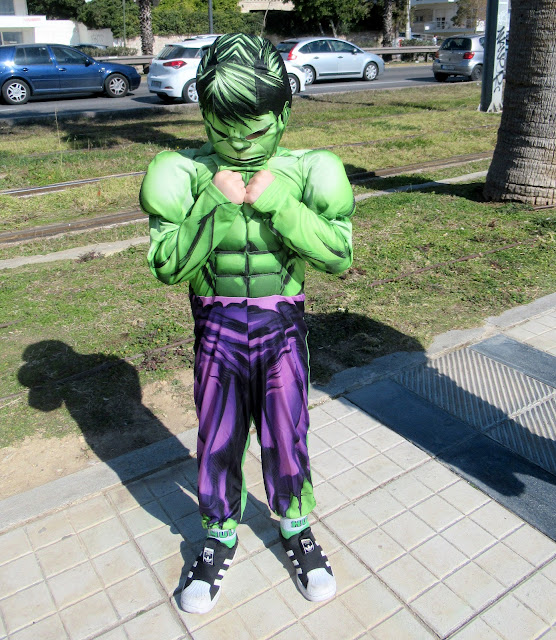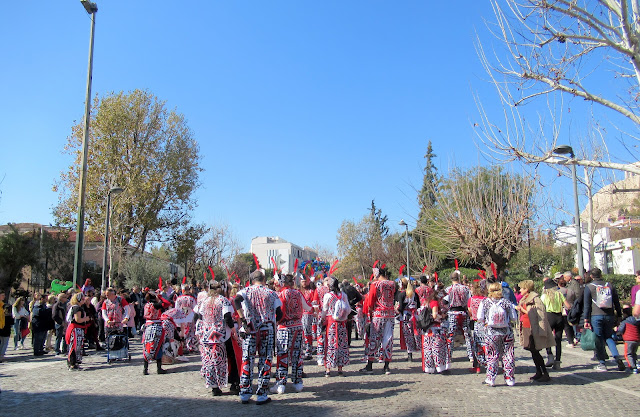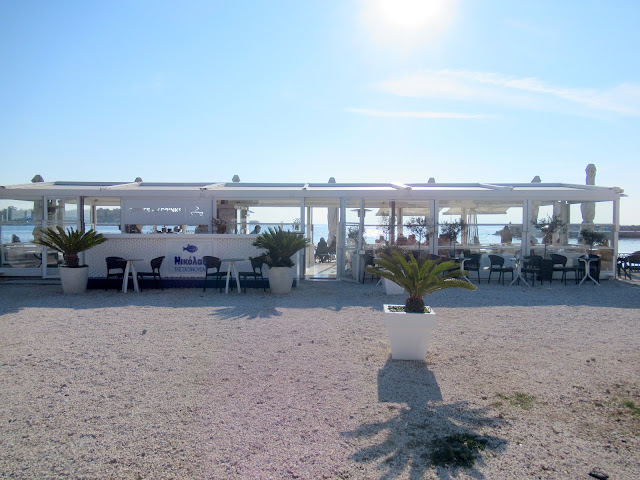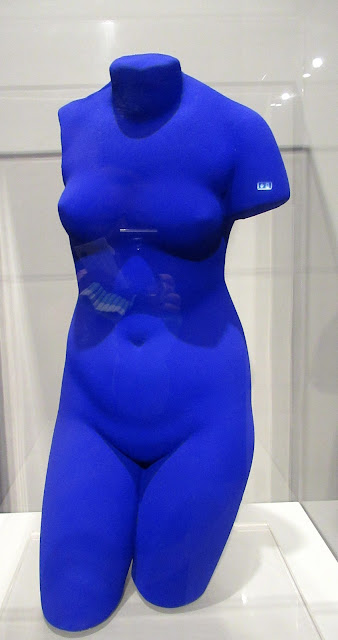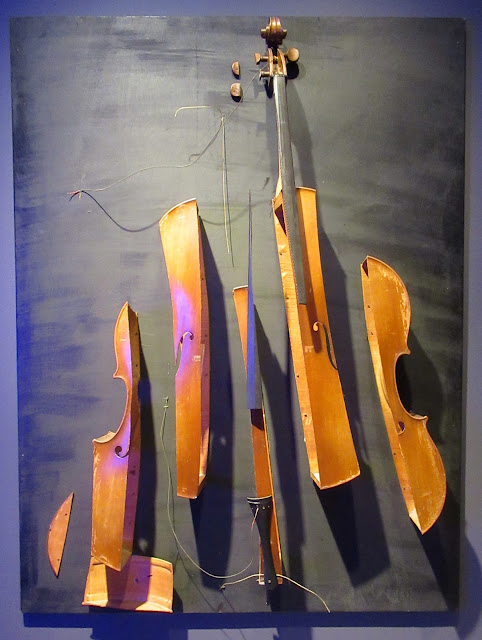Greece's Carnival season, known as Apokries, is upon us. It begins ten weeks before Greek Orthodox Easter and culminates on the weekend before 'Clean Monday', (Ash Monday), the first day of Lent, which is on February 27th this year. The Greek name Apokries means abstention from meat, because after that, the period of Easter Lent begins.
It's a feast of fun celebrated all over the country with fancy dress, carnival processions and parties. This festival dates back to Dionysos, the ancient Greek god of wine, fun and fertility.
Last Saturday we decided to go to Athens to take part in the carnival procession lead by the Batala Atenas group
which started at the foot of the Acropolis.
Lots of people watching
The band looked great, and the Brazilian music was fun as well as being very loud
We started moving off, very slowly, past the Acropolis Museum
all along Dionyssou Aeropagitou pedestrianised street
lots of kids wore fancy dress
I asked if I could take a photograph - the father of the two little girls said yes, but one of them shyly moved off and hid behind her mum. This one however nodded in agreement, so here she is
This little girl was dancing to the music - she is very good, has a natural rhythm

A bit later we saw a guy blowing bubbles - there was a real sense of celebration everywhere
We moved on as the procession was too slow, and sat here, in the sunshine for a while, had an energy drink
and watched people going by
including this fire fighter.
